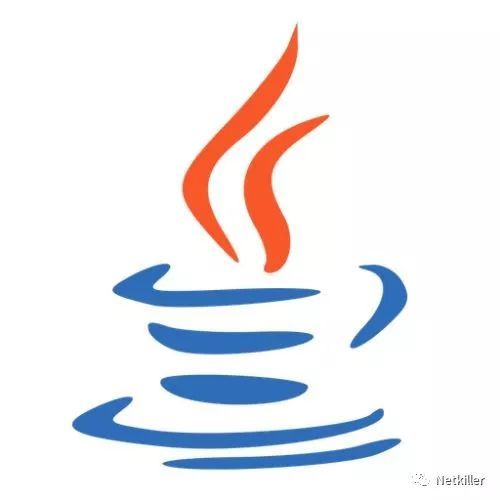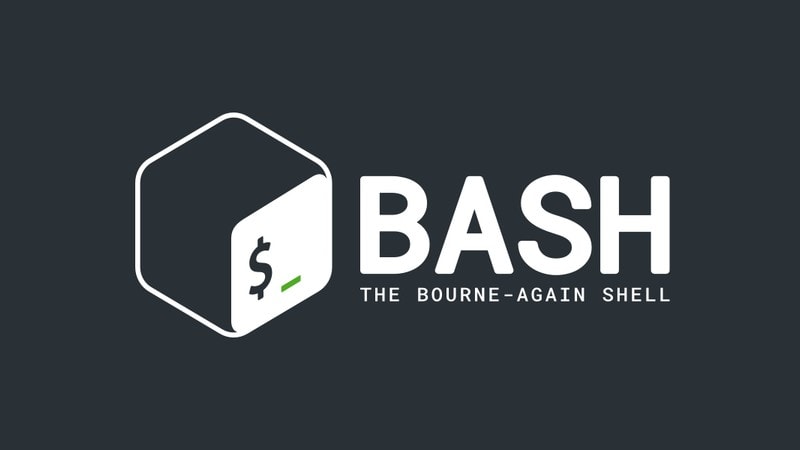目录
1. 背景
2. 实现思路
2.1. 尺寸动态变化
2.2. 实时裁剪并静态化
3. web或代理服务器插件实现方案
1. 背景
某天我的前同事给我打电话,说他们的负载很高,经查发现网站首页有20M,原因是首页直接引用高清图片,没有安装分辨率生成缩图。于是我便想出了下面的方案。
我认为方案需求有如下几个要素:
- 图片压缩
- 尺寸修改
- 图片缓存
- 带宽因素
例如用户使用手机访问网站,手机屏幕尺寸非常多样化,常见的有QVGA(320×240)、HGVA(480×320)、WVGA(800×480)、QCIF(176×144)、SVGA(640x480)、WXGA(1280×800)。如果一个用户的手机屏幕是320×240,打开网站后显示1027*768图片很不切合实际。同时用户也多出不少带宽开销。
我们需要给用户更好的体验,就要多从用户的角度去考虑,如根据用户网速,带宽,分辨率,为用户提供更适合他终端的多媒体资源。
2. 实现思路
2.1. 尺寸动态变化
B/S结构应用程序无法获取客户端的分辨率等信息,我们将采用Javascript取出参数,然后告知服务器端。
有下面几种实现方式:
- 通过cookie
- post传递给服务器,然后存储在session中
- get 传递给服务器,然后存储在session中
仅举一个例子
<script type="text/javascript">
$(function(){var width=window.screen.height;var height=window.screen.width;$.post('http://www.example.com/screen/resize.html',{w:width,h:height});
});
</script>HTML页面中的图片的引用路径
<img src="http://img.example.com/sample.jpg" /> 图片服务器rewrite处理
http://img.example.com/sample.jpg => http://img.example.com/index.php/sample.jpg index.php会首先载入sample.jpg文件,然后综合网速,带宽,分辨率等因素,重新压缩图片,修改尺寸,发送mime头,输出正文。
2.2. 实时裁剪并静态化
为了防止图片地址冲突,我们首先需要URL唯一化,这样每访问一次会生成一张符合你需求尺寸的图片。
http://img.example.com/sample_(width)x(height)_(quality).jpg
<img src="http://img.example.com/sample_1980x1080_100.jpg" />
<img src="http://img.example.com/sample_800x600_80.jpg" />
<img src="http://img.example.com/sample_640x480_50.jpg" />配置nginx通过try_files配置项可以实现检查静态文件是否存在,如果不存在边调用index.php生成图片,当再次访问时会直接读取静态文件,不会再重新生成。
server {listen 80;server_name inf.example.com;charset utf-8;access_log /var/log/nginx/inf.example.com.access.log main;error_log /var/log/nginx/inf.example.com.error.log;location / {root /www/example.com/inf.example.com/images;index index.html;try_files $uri $uri/ /index.php?_url=$request_uri;}#error_page 404 /404.html;# redirect server error pages to the static page /50x.html#error_page 500 502 503 504 /50x.html;location = /50x.html {root /usr/share/nginx/html;}# proxy the PHP scripts to Apache listening on 127.0.0.1:80##location ~ .php$ {# proxy_pass http://127.0.0.1;#}# pass the PHP scripts to FastCGI server listening on 127.0.0.1:9000#location ~ /index.php$ {root html;fastcgi_pass 127.0.0.1:9000;fastcgi_index index.php;fastcgi_param SCRIPT_FILENAME /www/example.com/inf.example.com/frontend/public$fastcgi_script_name;include fastcgi_params;}# deny access to .htaccess files, if Apache's document root# concurs with nginx's one#location ~ /.ht {deny all;}
} 通过这种方法还可以实现更复杂的需求,例如调整亮度,对比度,饱和度,色阶,图层叠加等等......
3. web或代理服务器插件实现方案
首先我们要将分辨率参数放到cookie中,因为web服务器是可以跟踪cookie数据的
通过 web 扩展实现,例如我们开发一个apache插件,编译后是".so"文件,配置httpd.conf载入插件,插件具体功能是综合网速,带宽,分辨率等因素,重新压缩图片,修改尺寸,最后展现图片。
反向代理与web服务器实现原理相同
总结:这种方案可以非常方便输出不同尺寸的图片,但是一定要注意黑客攻击。
netkiller:怎样制作RPM包zhuanlan.zhihu.com











)


)













...)
